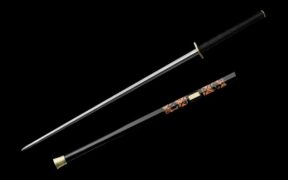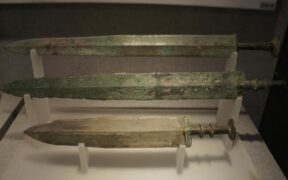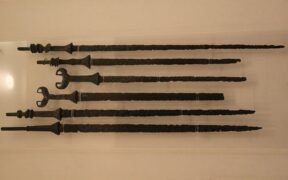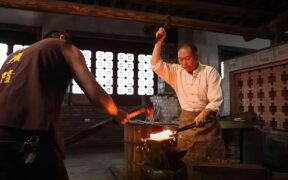Our content features commercial links to our products, committed to transparent, unbiased, and informed editorial recommendations. Learn More
9 Types of Chinese Long Swords: From Ancient Roots to Modern Warfare
NO AI USED This Article has been written and edited by our team with no help of the AI
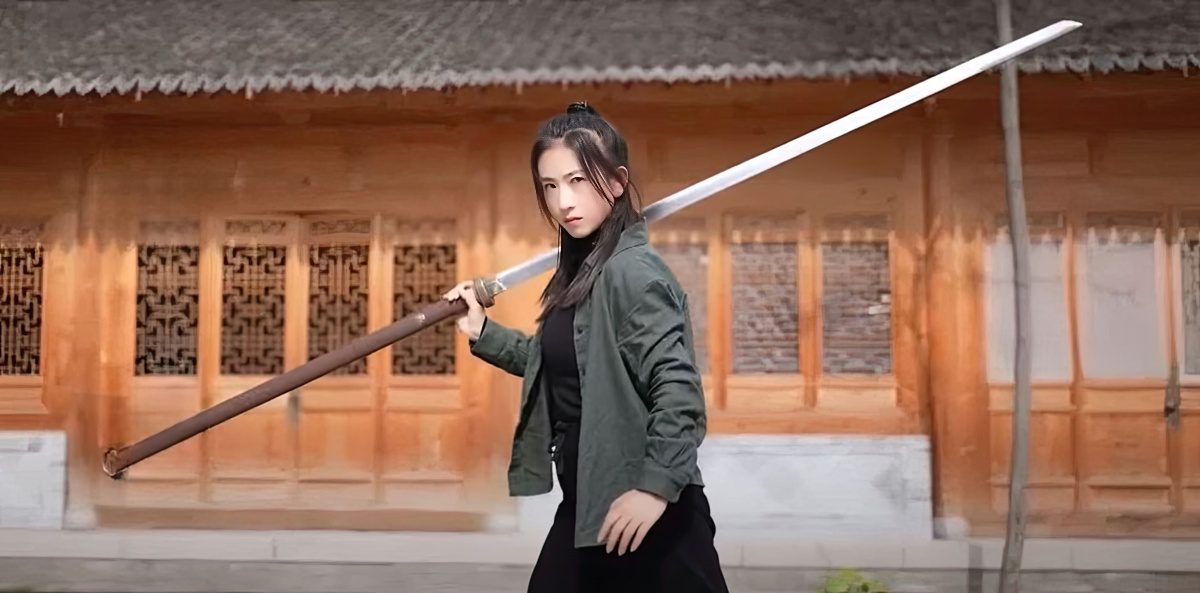
Nowadays, it is commonly believed that the larger the blade, the deadlier and stronger the weapon. In no way is this more true than with Chinese long swords, whose enormous and broad blades made them terrifying and useful as polearms, spears, axes, and halberds.
In part because of their effectiveness in battle, they have been a part of Chinese sword heritage since ancient times and have remained in use through the 20th century. In this article, we’ll present all of the Chinese long swords over 30 inches s in overall length (75 cm), explaining their uses, importance, and how they came to be.
1. Han Jian
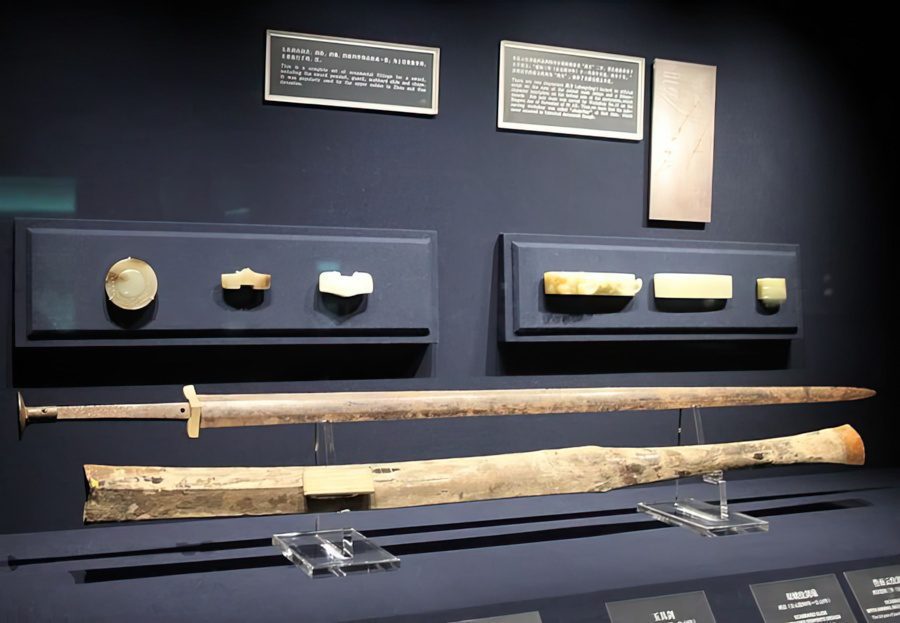
The first Chinese long sword with a steel blade effective enough to be battle ready in any combat scenario was the Han Jian, designed during the Han Dynasty. It is both a weapon for war and a training Chinese martial arts tool like Wushu and Kung Fu and came from the previous Longquan sword design.
It is a straight sword with a double-edged blade, which was very popular in China but took time to master. It was also expensive to make, which led to its eventual change, where it was replaced by the curved single-edged Dao sword. Nonetheless, it is still the most popular Chinese sword, most commonly seen in media and anime and used today as a Tai Chi sword.
2. Shuangshou Jian
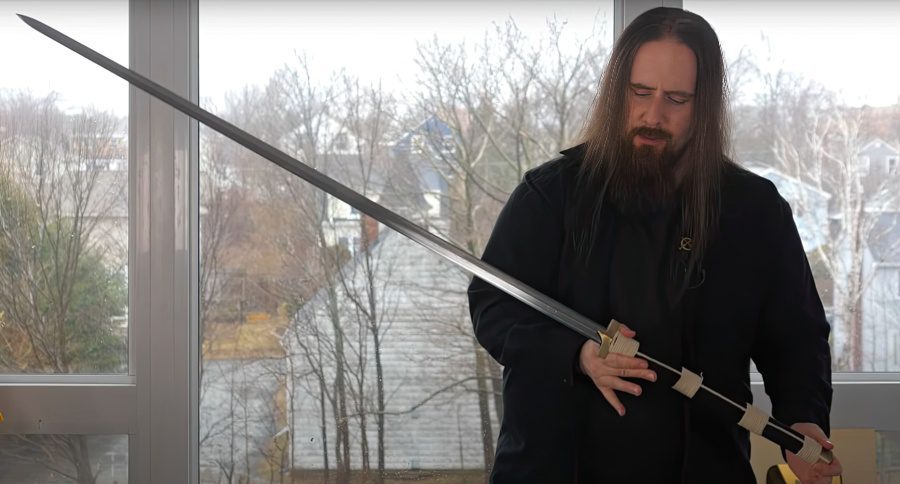
The first type of traditional Jian sword that was much longer than the other Chinese types and meant to be used as a two-handed weapon was the Shoungshou Jian. It came about during the Han Dynasty with the technological advances found in the field of sword metallurgy.
It is a Chinese sword made with a full tang blade and a stronger carbon steel core. Its weaker flexible edges gave it much power for both thrusting and slashing and could effectively take down enemy cavalry. The Shuangshou Jian’s length could be 48 to 60 inches (120 to 155 cm).
3. DanDao
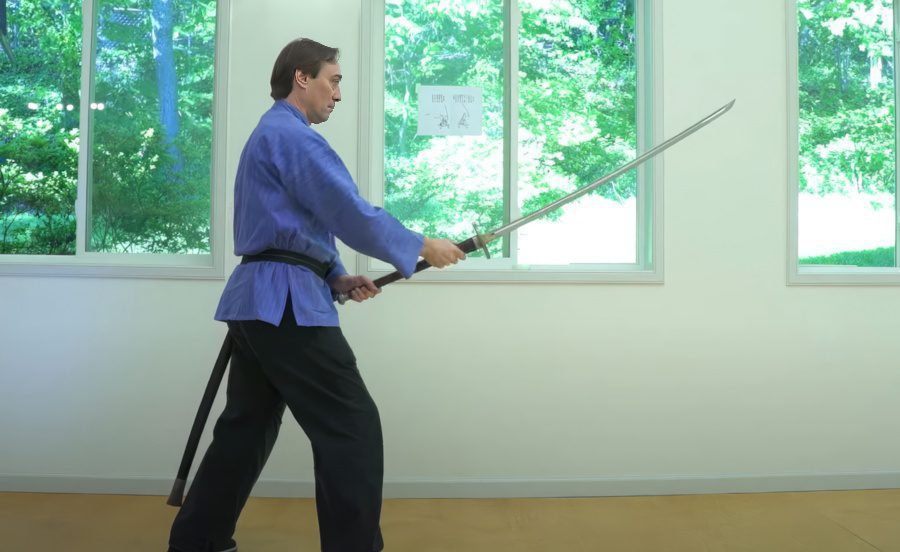
Although Dandao means single saber, it can refer to various Chinese long swords. This terminology developed because swords were often used in tandem with a shield. It is thought that the word first emerged during the Ming Dynasty when the number of Japanese pirates operating along the east coast was at its highest. The most common length was around the 43 inches (110 cm) mark.
4. Zhanmao Dao

The most popular Chinese long sword, which is said to have been able to slice a horse in two, is the Zhanmao Dao. This Chinese broadsword is believed to have originated during the Song and Tang Dynasties, especially when the use of cavalry forces was becoming more popular. It was probably during the Ming Dynasty that it first appeared in its present form.
The Zhanmao Dao is a curved saber with a very long handle, allowing its user to carry it like a halberd. When made from high-quality steel, it could effectively be used in large battle formations serving as both an anti-cavalry and anti-armor weapon. Its length ranges from 59 to 80 inches (150 to 180 cm).
5. Chang Dao
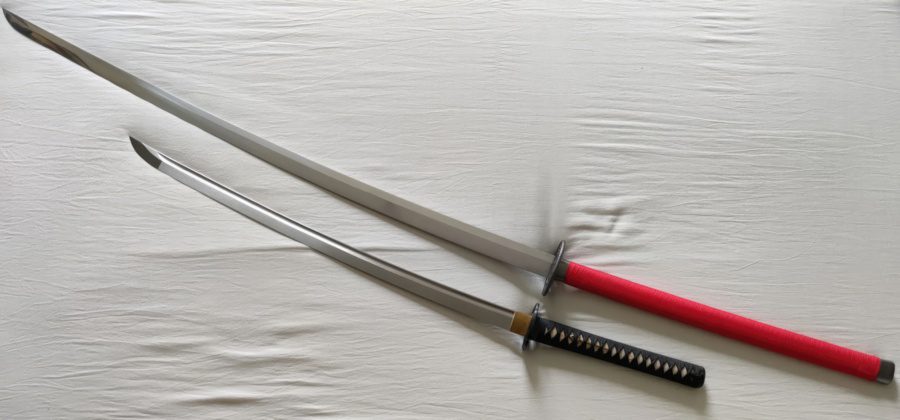
The large two-handed sword created by the legendary general Qi Jiguang to fight the Japanese Wokou Pirates is the Chang Dao. There are scripts about this sword existing during the Song Dynasty, but it was most likely a different type of blade.
The Changdao is a steel sword with a very large handle and blade length. It is used with two hands and is often employed in battles along the side and front lines to act as a spear or polearm head in the ranks. It could be effectively used for strong slashing attacks due to its lengthy 47 to 70-inch (120 to 180 cm) curved blade.
6. Wo Dao
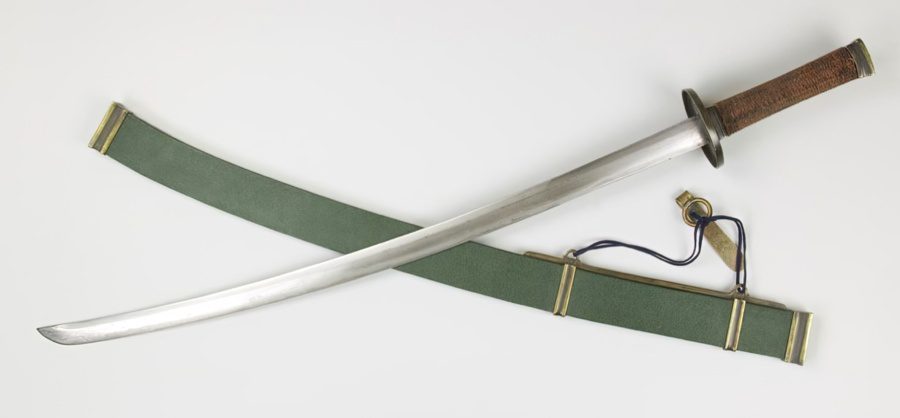
Wo Dao, translated to Japanese-style sabre, is a Chinese long sword constructed following the pattern of the samurai swords, most notably the Katana and Tachi. This is a strong sword that isn’t as large as the others mentioned above, but if made of high-carbon steel, it would be a very sharp blade to use in slashing.
It came about during 14th and 15th century China as a result of the many Japanese pirates on the eastern shorelines. It is a Dao that could have been seen during the late Qing Dynasty because of its length, which is 39 to 47 inches (100 to 120 cm). It was also used in the 20th century when it was given certain modifications that transformed it into the Miao Dao.
7. Miao Dao
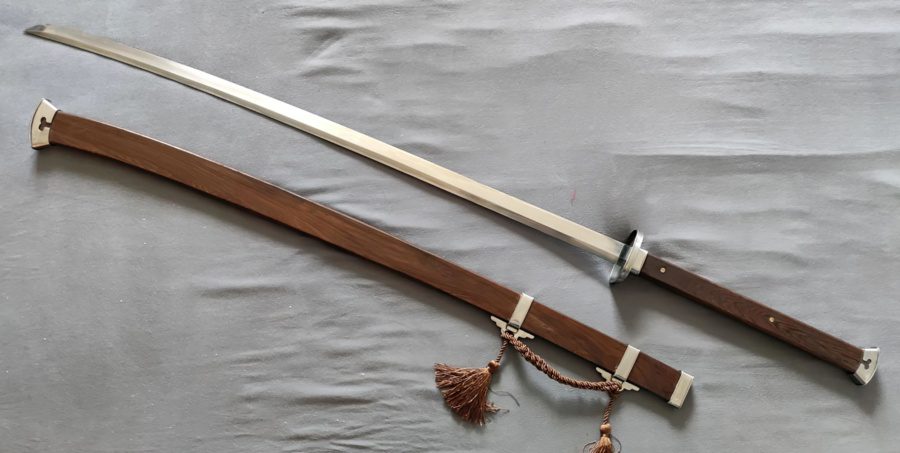
The Chinese sword that has roots and origins with both the Chang and Wo Dao but was designed and created in 20 century China is the Miao Dao. It is a long sword made of stainless steel, most often used in Chinese swordsmanship and training or for decorative purposes.
It has a slightly curved long blade that is held by a large two-handed handle with a small pommel and rounded Japanese-style guard or tsuba. Its size and length range of 47 to 55 inches (120 to 140 cm) doesn’t make it an overall large greatsword, so it still could be used with fast slashes and thrusts.
8. DaDao
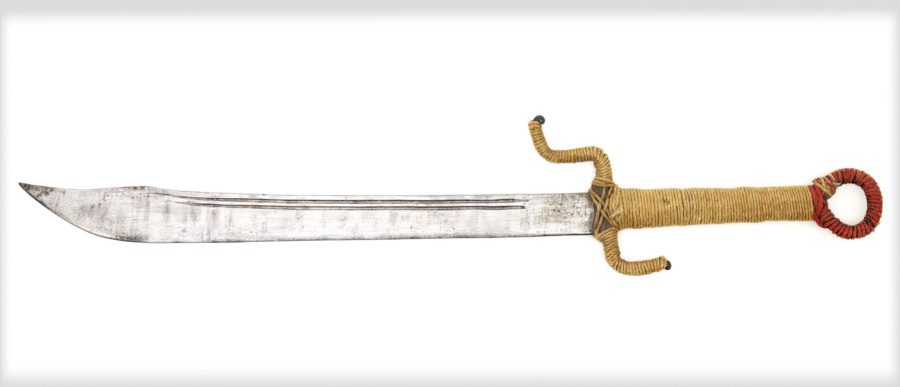
The two-handed DaDao was used as late as 1945 when national troops used the Miao Dao combined with the hard-hitting DaDao. Although it could be shorter, some did extend between 35 to 39 inches (90 to 100 cm).
9. Chinese Dao Sabers

The Chinese Dao sabers might not have been as big as the previously mentioned swords, but they were nonetheless longswords. Most are used one-handed, either on foot combined with a shield or sometimes even in slashing motions while mounted.
Almost all of the Dao sabers fall into this category. For example, the Niuweidao, Yanmaodao, Liuyedao, and Yanchidao, since their length can range from 30 to 43 inches (75 to 110 cm).
History of Chinese Long Swords
The earliest account of Chinese longswords can date back to the Qin Dynasty, as seen by the longer blades and handles found in excavations inside the Terracotta Army tomb containing two-handed bronze swords. Although that is the case, they would be effective in battle starting in the Han Dynasty.
During this era, swordsmiths developed the differential heat treatment process using clay to cool some parts of a heated sword at different rates. That is how swords that were long but also sharp with hard edges came about.
With time, the two-handed sword became a staple of the defense of the Chinese Empire, especially during the Song and Tang Dynasties. When used with a secondary Chinese short sword, the regular long sword could be used one-handed with a shield or two-handed for powerful slashing attacks. Most of the greatswords had a handle the same length as the blade, making them as powerful as polearms and halberds.
With the growth and importance of the cavalry forces, especially Yuan dynasty swords, the large two-handed weapons fell out of use. Still, with the coming of the Ming Dynasty, these weapons came back into existence. They would get improved upon to defend against the northern invaders and coastal pirates, as seen in the 紀效新書 “New Book of Military Efficiency”.
These long swords would see use even in 19th and 20th century China, especially amongst all the warlords warring states where people would sometimes need daily tools for self-defense. Today, however, they are among the most popular and sought-after swords that present their effectiveness on objects using spring steel or made for appearance purposes out of Damascus steel.
Importance of the Chinese Long Sword
The two main types of swords used in ancient, medieval and modern China are Jian and Dao, which could be short or long. Just as short swords played their role in history, like the Butterfly swords in martial arts, the long swords were just as important.
They were frequently used, and although seen in martial arts training, their biggest use was in battle and warfare. Their reach and power could effectively take down enemy horses, the broad blade could go through sturdy armor, and even by sheer looks alone, the intimidation could scare off many enemies.
